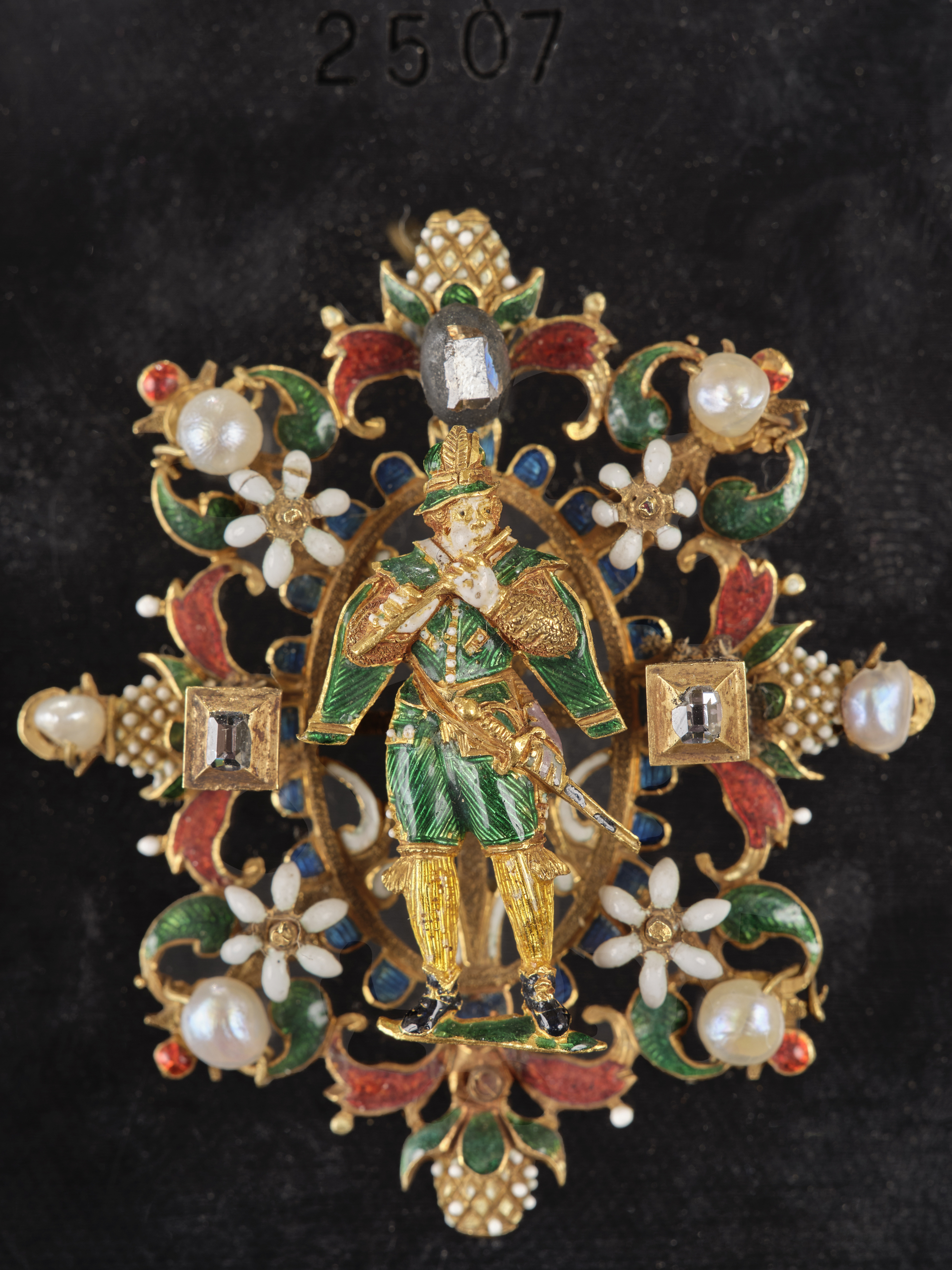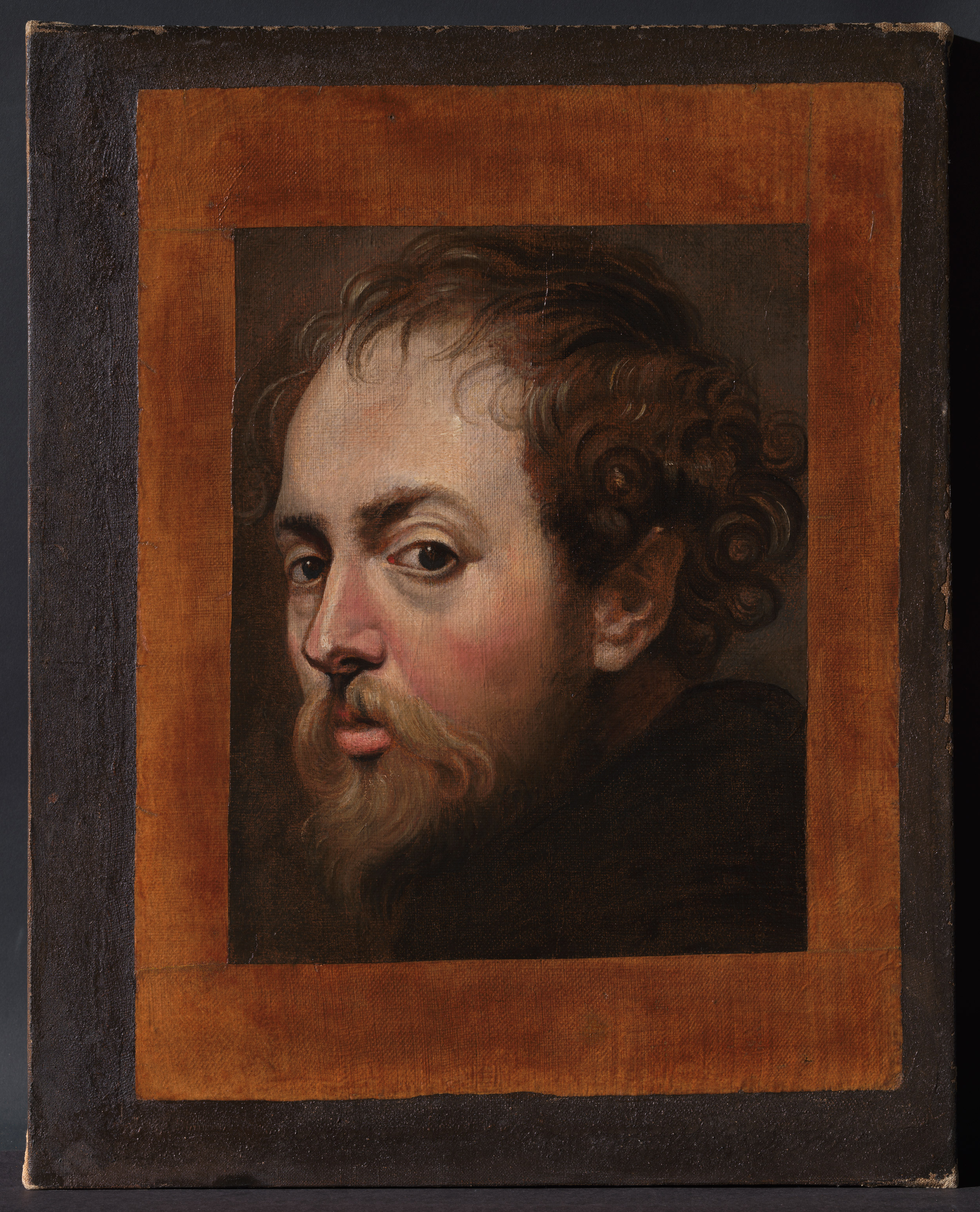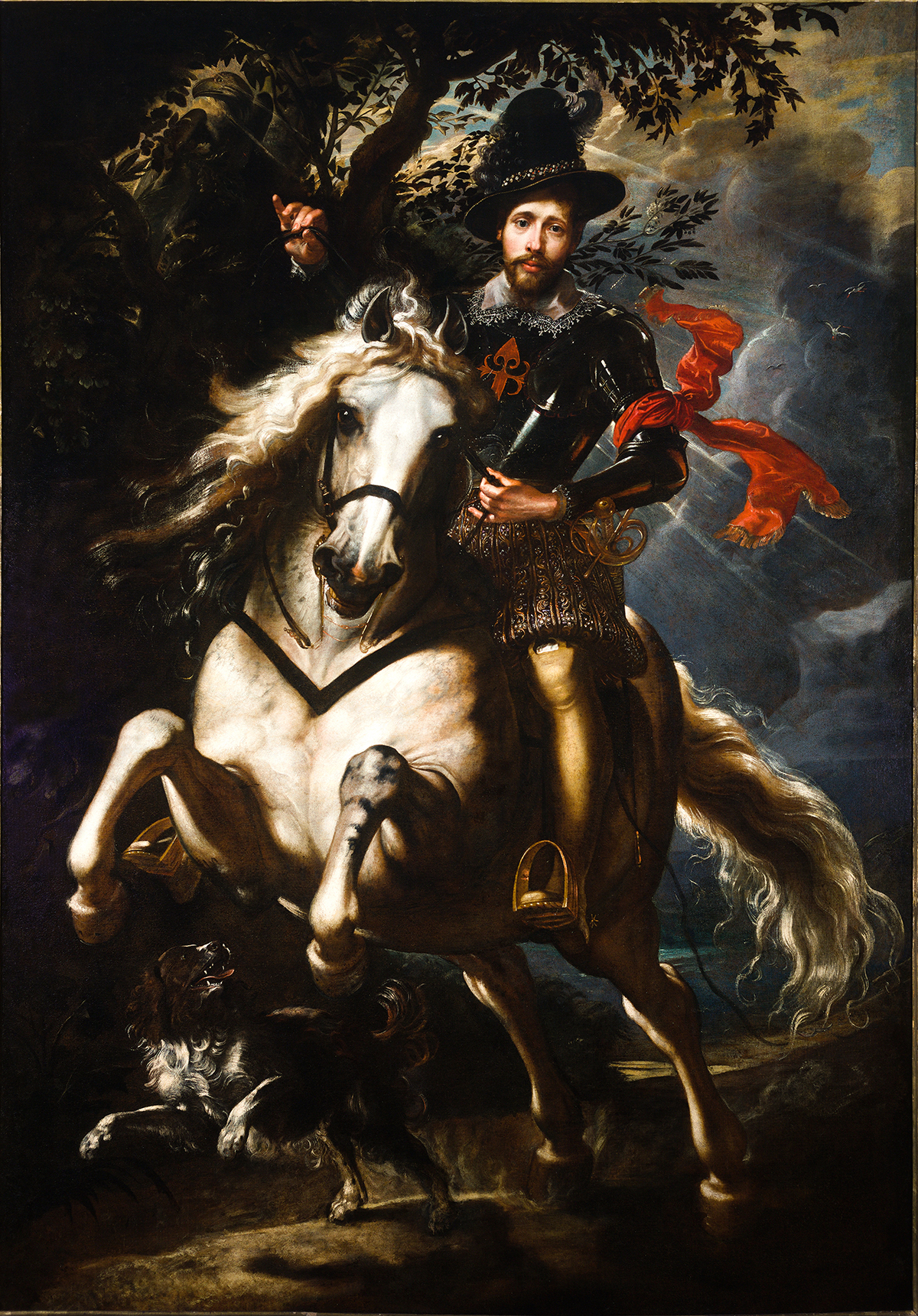Peter Paul Rubens, Violante Maria Spinola SerraC.1606-1607, Oil on canvas, 105 x 150 cm © The Faringdon Collection Trust, Buscot Park, Oxfordshire
On the other hand, the artist stayed in the city on several occasions between 1600 and 1607, also visiting the Superba in the wake of the Duke of Mantua, Vincenzo I Gonzaga, with whom he held the role of court painter.
During his stay he was thus able to entertain direct and sometimes very close relations with the richest and most influential aristocrats of the city oligarchy.
In the autumn an exhibition entitled Rubens in Genoa will welcome the teacher a Ducal Palace. From 6 October to 22 January over 150 works, including over twenty paintings by Rubens from European and Italian museums and collections, which are added to those present in the city, will weave a path curated by Nils Büttner and Anna Orlando.

Flemish area, late 18th century XVI, Jewel-button Florence, Uffizi Galleries, Treasury of the Grand Dukes, Inv. Treasure of the Grand Dukes Gemme 1921-2507
Among the works by Rubens who return to Genoa, the city for which the baroque genius created them by executing them for the richest of the Genoese of the time, visitors will appreciate the Portrait of Violante Maria Spinola Serra of the Faringdon Collection Trust, exceptionally detached from the walls of the suggestive Buscot Park mansion in Oxfordshire in England.
Alongside the hitherto unnamed lady, who is now recognizable thanks to studies in preparation for the exhibition, among other “returns home” will be exhibited San Sebastian from a European private collection – never shown in Italy, recently found and attributed to the commission of the famous leader Ambrogio Spinola thanks to an important documentary discovery – and the youth Self portrait of a Rubens about twenty-seven years old.
Offered by a private collector as a long-term loan to the Rubenshuis in Antwerp, the portrait thus exceptionally returns to the country where, around 1604, it was executed.
Next to the nucleus of paintings by the Flemish master, the paintings by authors that Rubens saw and studied, starting from Tintoretto and Luca Cambiasoand again of masters like Sofonisba Anguissola and Bernardo Castello, met in Italy and in particular in Genoa during his stay, or by painters with whom he collaborated, such as Jan Wildens and Frans Snyders.

Peter Paul Rubens, Self-portrait, about 1604. Oil on paper applied on canvas. Private collection, long term loan to the Rubenshuis in Antwerp
The grandeur of one of the major artistic capitals of the time, visited by one of the greatest painters of all time, will be shown to the public through drawings, accessories, tapestries, engravings, furnishings, ancient volumesclothes and jewels that confirm the Superba appellation conferred on Genoa.
The exhibition benefits from the collaboration of the City of Antwerp and the Centrum Rubenianum of Antwerp, the Embassy of Belgium in Italy, the Honorary Consulate of Belgium in Genoa, the City of Mantua, VisitFlanders and the Chamber of Commerce of Genoa.
The Palazzo Ducale appointment will be an opportunity to activate a project entitled Rubens 22. A Network the most important cultural network ever activated in Genoa around a single artist, conceived and curated by Anna Orlando.
From the museum, the tribute to the Flemish painter extends to the city where the visitor can follow a real Rubensian itinerary to discover the masterpieces in their permanent locations, such as the two altarpieces of the Church of the Gesù – The Circumcision of 1605 and The miracles of Blessed Ignatius of Loyola from 1620 – still placed on the original altars.
To indicate the itinerary in the city – which will also touch the sixteenth-century palaces that Rubens certainly visited, coming into direct contact with the owners and reproducing them in his famous book in the 1622 and 1626 editions, both exhibited in the original in the exhibition – they will be real focuses, completing the story that kicks off in the Palazzo Ducale exhibition.

Pieter Paul Rubens, Giovan Carlo Doria, 1606, Oil on canvas, 188 x 265 cm Genoa, National Gallery of Liguria at Palazzo Spinola © By permission of the Ministry of Culture – National Gallery of Liguria at Palazzo Spinola
![]() Read also:
Read also:
• The triumph of baroque Genoa at the Quirinale Stables

